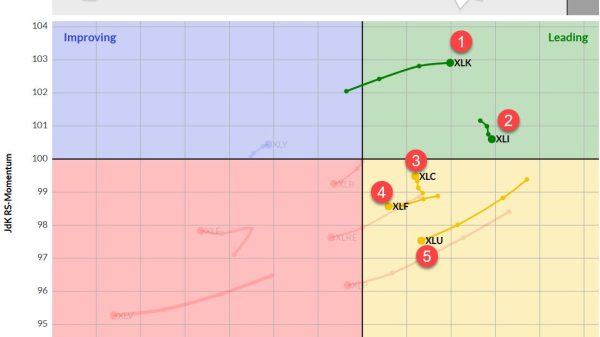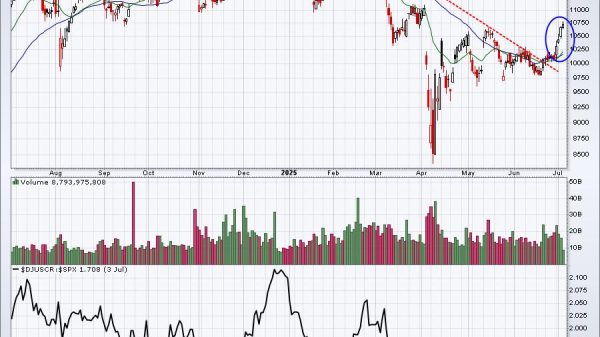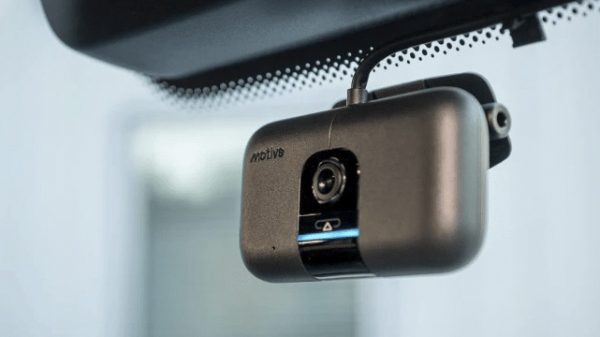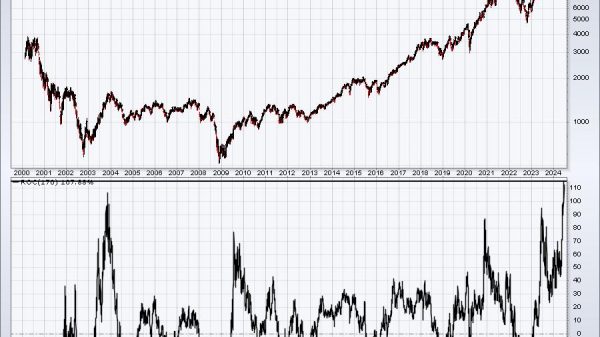eSIM technology is bringing greater efficiency to the cellular IoT market and empowering enterprises with greater flexibility and choice as shown in new research by Omdia.
Catalyzed by the GSMA SGP.31/32 specifications, eSIM technology is primed for mass adoption, particularly on LPWAN devices. With the complexity of switching between network profiles reduced, enterprises can take advantage of easier device management, greater network coverage, and improved commercial terms.
eSIM technology has been widely adopted in consumer markets, particularly with higher-end smartphones and smartwatches. Constraints on power, computing, and end user intervention have stymied the ability of IoT enterprises to take full advantage of this technology. Omdia believes that these hurdles are beginning to be reduced as solutions come to market. Advances in eSIM technology will drive adoption in IoT from just over 1 billion in 2023 to over 3.6 billion in 2030.
The market is being driven not only by improvements in eSIM technology, but also by other key trends driving IoT adoption, such as 5G RedCap, 5G Massive IoT, and 4G LTE Cat-1bis modules, as well as enterprise demand.
“eSIM technology has long been seen as an important form factor for IoT devices, but now we are seeing the technology improve in ways that help enterprises provision over-the-air in resource-constrained IoT devices,” said John Canali, IoT Principal Analyst, Omdia. “This will create greater competition between communication service providers (CSPs), as IoT enterprises are less subjected to vendor lock-in by the CSPs and are better positioned to renegotiate connectivity tariffs.”
Andrew Brown, Practice Lead, IoT at Omdia, added:
“The new GSMA SGP.32 eSIM specification was much needed and has been specifically designed for IoT. It offers significant advantages in terms of cost, flexibility and longevity for hardware OEMs, finally beginning to bridge the gap between traditional consumer device provisioning and more traditional IoT devices. This will help to accelerate adoption in key industries, not only those that have long desired eSIM standardization, such as automotive, but in a multitude of others also.”
The post New Omdia research shows eSIM installed base in IoT to top 3.6 billion by 2030 appeared first on IoT Business News.























